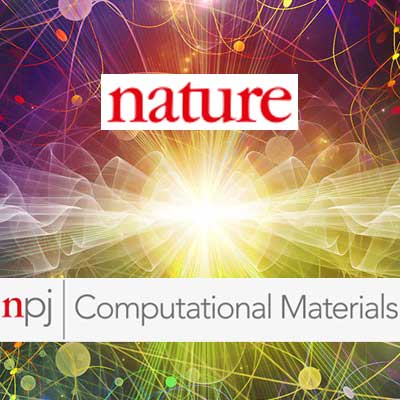利用未标记的SEM数据集与自我监督学习增强粒子分割。
IF 11.9
1区 材料科学
Q1 CHEMISTRY, PHYSICAL
引用次数: 0
摘要
扫描电子显微镜(sem)广泛应用于实验科学实验室,通常需要繁琐和重复的用户分析。自动化扫描电镜图像分析过程是解决这一挑战的迫切需要。在粒子样本分析中,机器学习(ML)已成为最有效的粒子分割方法。然而,人工标注数千张SEM图像的耗时过程限制了监督学习方法的适用性。自我监督学习(Self-Supervised Learning, SSL)通过支持从原始的、未标记的数据中提取知识,提供了一个很有前途的替代方案。本研究提出了一个评估SEM图像分析中SSL技术的框架,重点关注利用ConvNeXtV2架构进行粒子检测的新方法。一个包含25,000个SEM图像的数据集被策划用来对这些提出的SSL方法进行基准测试。结果表明,具有不同参数计数的ConvNeXtV2模型在不同长度尺度的粒子检测中始终优于其他技术,与已建立的SSL方法相比,相对误差减少了34%。此外,一项消融研究探讨了数据集大小与SSL性能之间的关系,为从业者提供了关于模型选择和资源效率的可操作见解。本研究将SSL集成到自主分析管道中,并支持其在加速材料科学发现方面的应用。本文章由计算机程序翻译,如有差异,请以英文原文为准。
Leveraging unlabeled SEM datasets with self-supervised learning for enhanced particle segmentation.
Scanning Electron Microscopes (SEMs) are widely used in experimental science laboratories, often requiring cumbersome and repetitive user analysis. Automating SEM image analysis processes is highly desirable to address this challenge. In particle sample analysis, Machine Learning (ML) has emerged as the most effective approach for particle segmentation. However, the time-intensive process of manually annotating thousands of SEM images limits the applicability of supervised learning approaches. Self-Supervised Learning (SSL) offers a promising alternative by enabling knowledge extraction from raw, unlabeled data. This study presents a framework for evaluating SSL techniques in SEM image analysis, focusing on novel methods leveraging the ConvNeXtV2 architecture for particle detection. A dataset comprising 25,000 SEM images is curated to benchmark these proposed SSL methods. The results demonstrate that ConvNeXtV2 models, with varying parameter counts, consistently outperform other techniques in particle detection across different length scales, achieving up to a 34% reduction in relative error compared to established SSL methods. Furthermore, an ablation study explores the relationship between dataset size and SSL performance, providing actionable insights for practitioners regarding model selection and resource efficiency. This research advances the integration of SSL into autonomous analysis pipelines and supports its application in accelerating materials science discovery.
求助全文
通过发布文献求助,成功后即可免费获取论文全文。
去求助
来源期刊

npj Computational Materials
Mathematics-Modeling and Simulation
CiteScore
15.30
自引率
5.20%
发文量
229
审稿时长
6 weeks
期刊介绍:
npj Computational Materials is a high-quality open access journal from Nature Research that publishes research papers applying computational approaches for the design of new materials and enhancing our understanding of existing ones. The journal also welcomes papers on new computational techniques and the refinement of current approaches that support these aims, as well as experimental papers that complement computational findings.
Some key features of npj Computational Materials include a 2-year impact factor of 12.241 (2021), article downloads of 1,138,590 (2021), and a fast turnaround time of 11 days from submission to the first editorial decision. The journal is indexed in various databases and services, including Chemical Abstracts Service (ACS), Astrophysics Data System (ADS), Current Contents/Physical, Chemical and Earth Sciences, Journal Citation Reports/Science Edition, SCOPUS, EI Compendex, INSPEC, Google Scholar, SCImago, DOAJ, CNKI, and Science Citation Index Expanded (SCIE), among others.
 求助内容:
求助内容: 应助结果提醒方式:
应助结果提醒方式:


